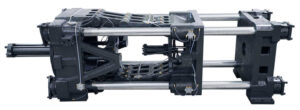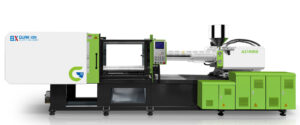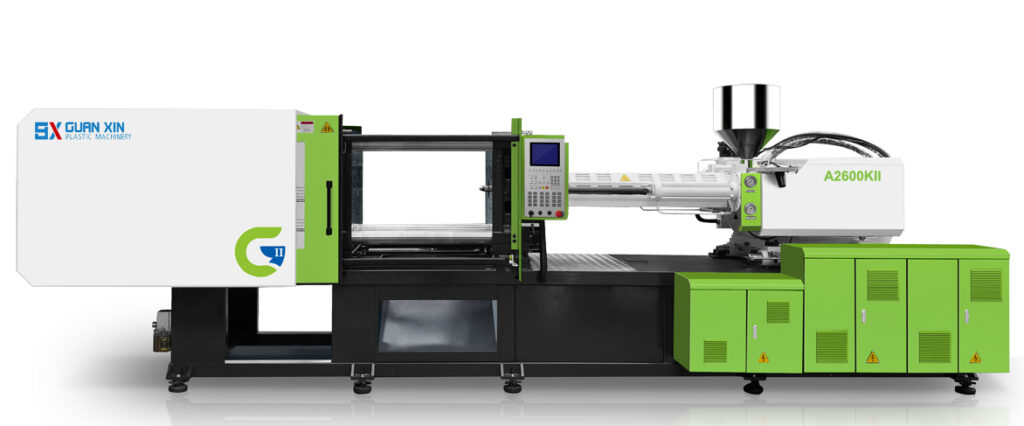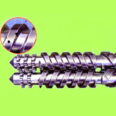Plastic injection mould is generally composed of forming parts, pouring system, guiding part, pushing mechanism, temperature control system, exhaust system, supporting parts, side parting and core pulling mechanism. Simple description of each part of the injection mold Figure 1-1 Basic structure of the plastic injection mold

1. The forming parts refer to the parts related to the forming cavity of the moving and fixing parts.
2. The pouring system is to melt the plastic
3. Guide part in the injection mold, the guide part is used to guide the dynamic and fixed mold of the mold, so that the mold can be accurately matched when the mold is closed.
4. Push out mechanism refers to the device that pushes out the plastic parts from the mold after parting.
5. In order to meet the requirements of injection process on mold temperature, the temperature regulating system is needed to adjust the temperature of the mold. General thermoplastic injection mold is mainly designed mold cooling system.
6 exhaust system is in order to form the plastic itself volatile gas out of the mold, often in the parting surface open exhaust groove. For small plastic parts of the mold, can directly use parting surface or push rod and mold clearance exhaust.
7. Supporting parts are parts used to install and hold or support the forming parts and the aforementioned parts of the mechanism.
8. Lateral parting and core pulling mechanism is when some plastic parts have lateral concave and convex shape of the hole or boss, must first put the side concave and convex shape of the flap module or the side of the core from the plastic parts off or out.
The passage through which the basic structure of the plastic injection mold passes from the injector nozzle into the mold cavity, as shown in Figure 1-1, includes the main flow channel, diverter channel, gate and cold hole.

(1) Forming part. That is, the cavity part of plastic products formed directly after mold assembly, including punch, concave die, core, rod or insert.
(2) Mold guide part. It is a part set up to align the center shaft correctly when moving and fixing the die, including the guide post, the pilot hole cover, or the inclined conical piece.
(3) Product launching part. The molding injection product is pushed out from the molding cavity, including the ejector rod, the fixing plate, the pushing plate, the pad, etc.
(4) core extraction part. When injection molding plastic products with pits or side holes are demoulded, core mechanism components for pits and side holes forming, such as inclined guide posts, sliding blocks, bending, etc., should be extracted first.
(5) Specific heating and cooling parts of the mold. It refers to the control system suitable for the temperature of injection molding process of plastic products, such as resistance heating plate, rod and electrical control element; Circulating cooling water pipes are used for cooling parts.

(6) The specific supporting part of the mold. Refers to dynamic, fixed die plate, positioning ring, lifting ring, various fastening screws and other auxiliary parts, to ensure that the mold can work correctly.
(7) Pouring melt channel. It refers to the channel that can introduce the melt injected by the nozzle into the mold cavity, which can be usually divided into the main channel, the shunt channel, the bushing (gate) and the cold groove.
(8) Exhaust hole. It refers to the air discharge part in the mold cavity. General small products do not need special exhaust holes, the air in the cavity can be discharged from the gap of the accessories; For molds of large injection products, vent holes must be set up.
